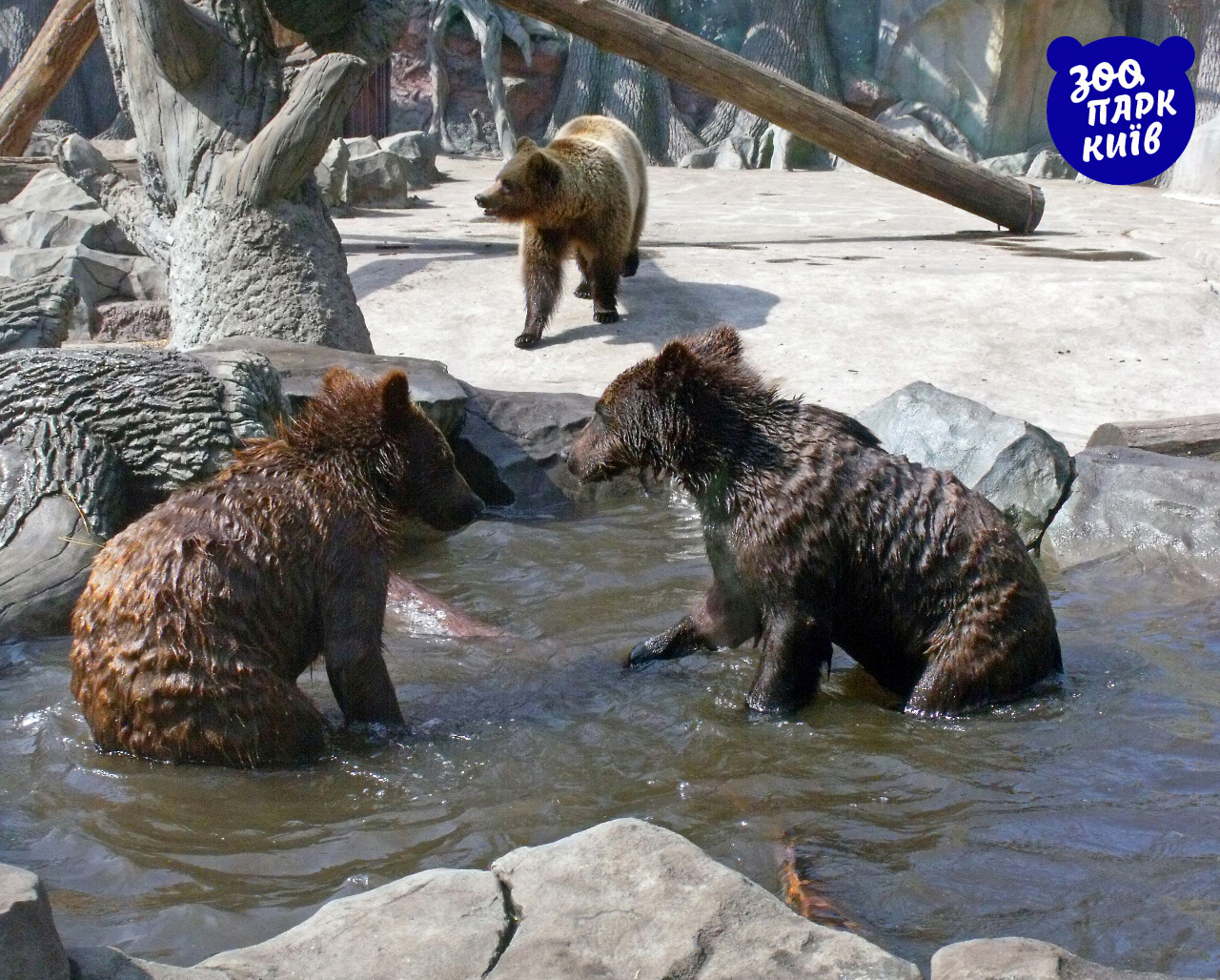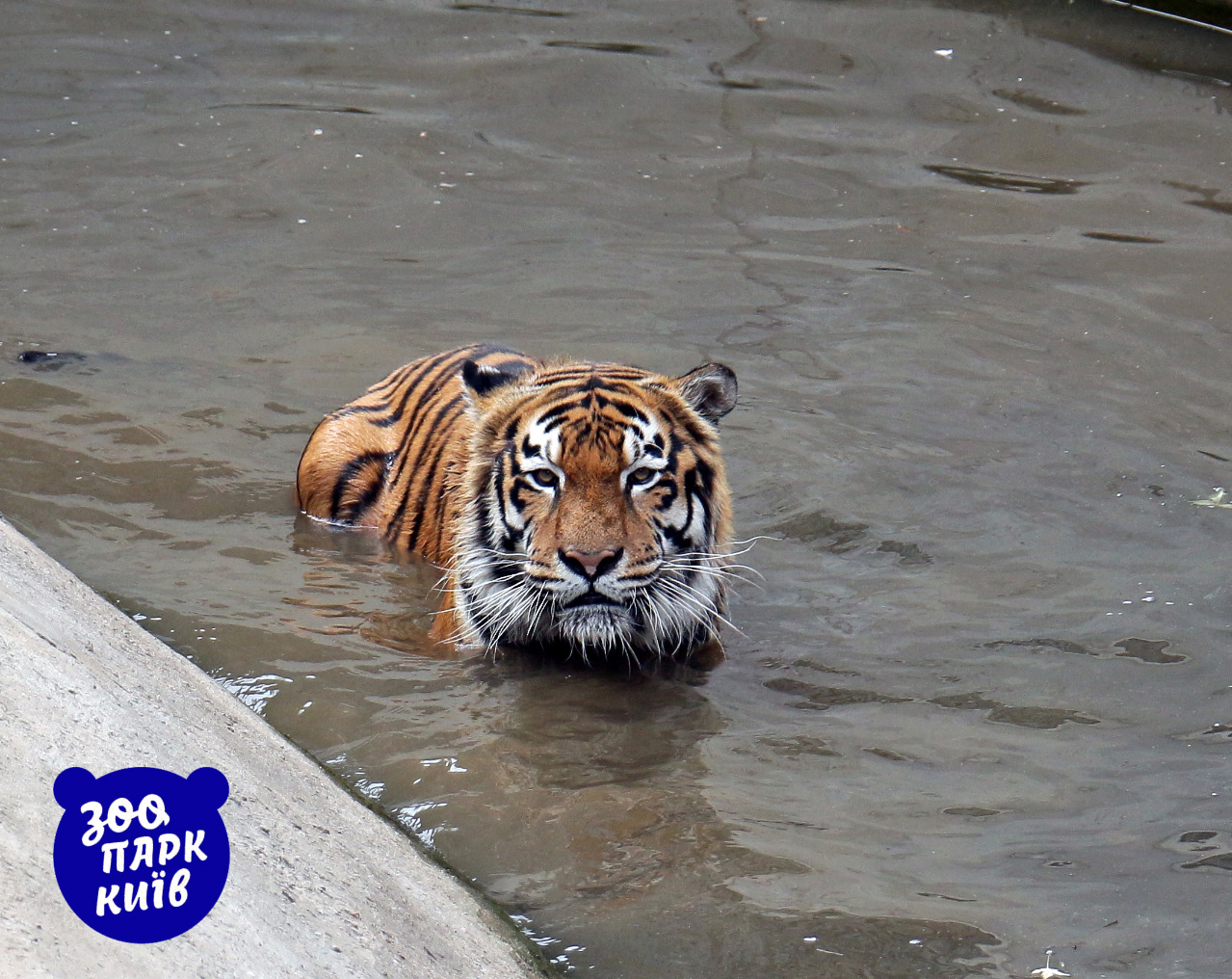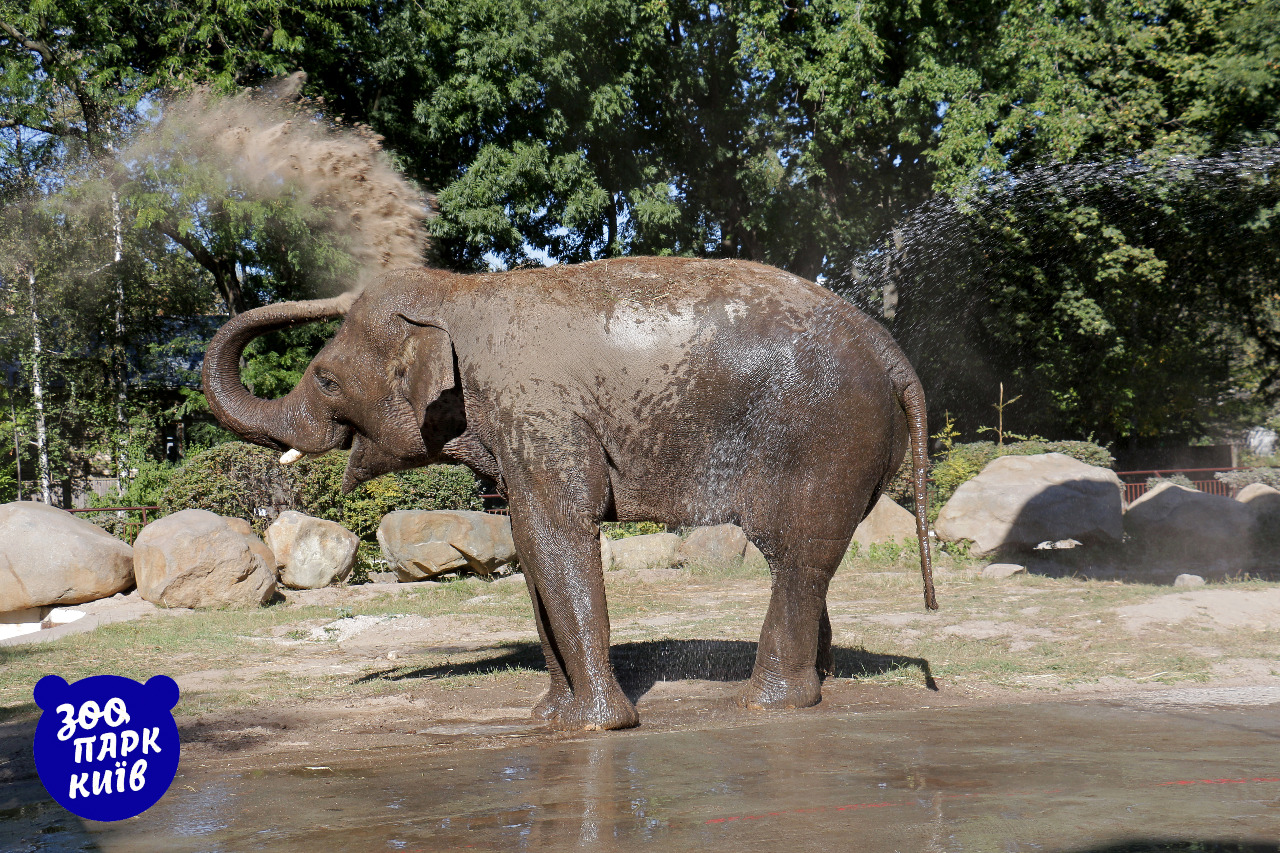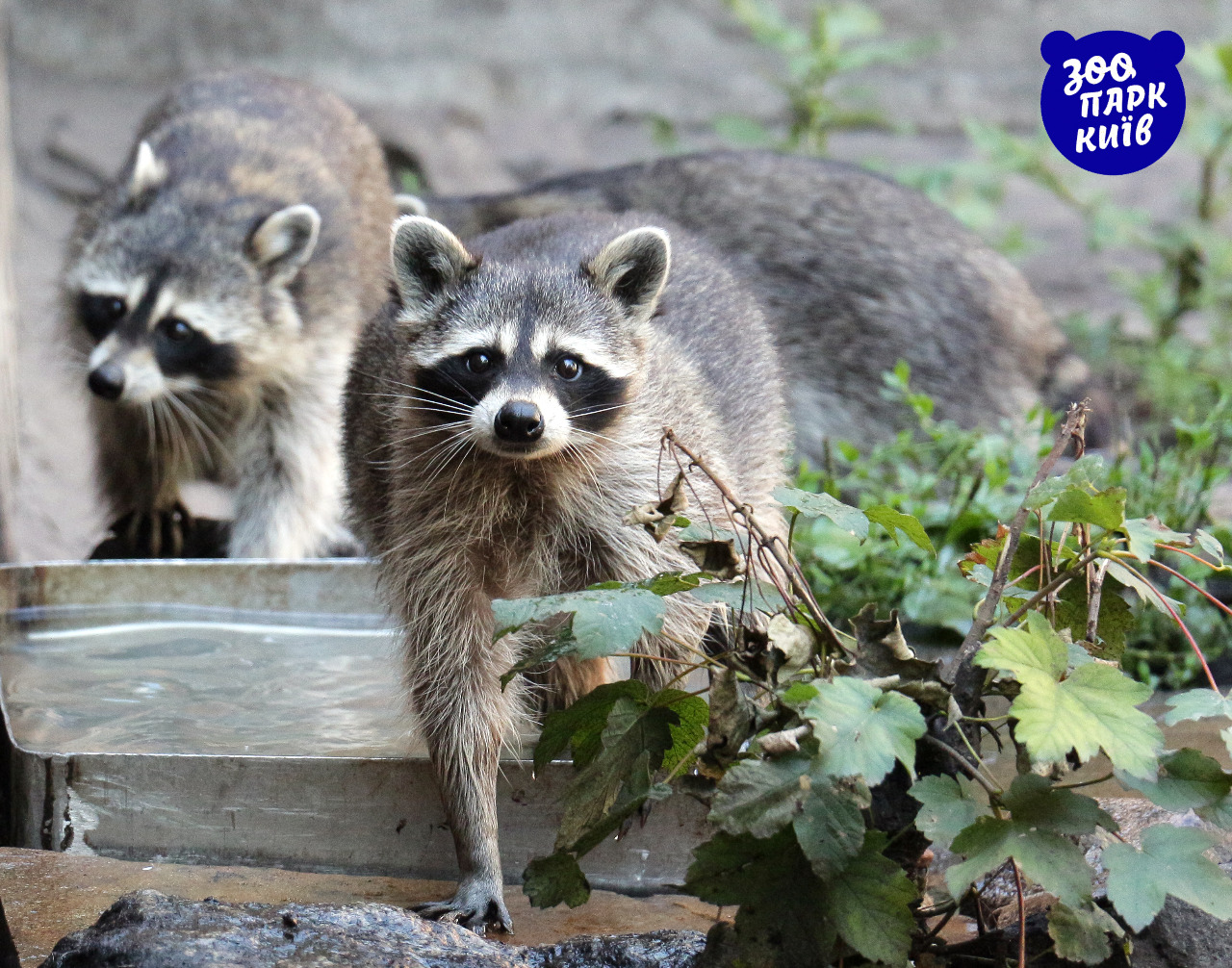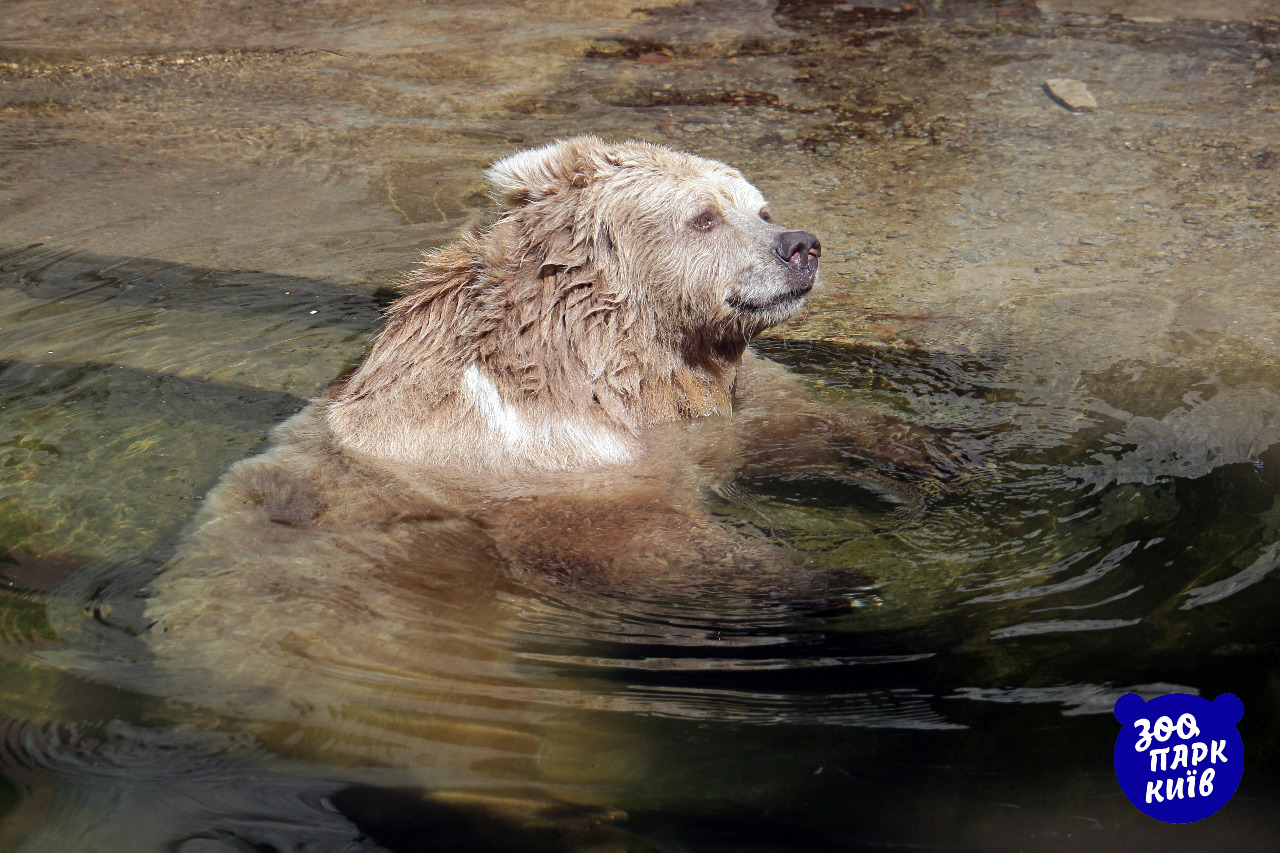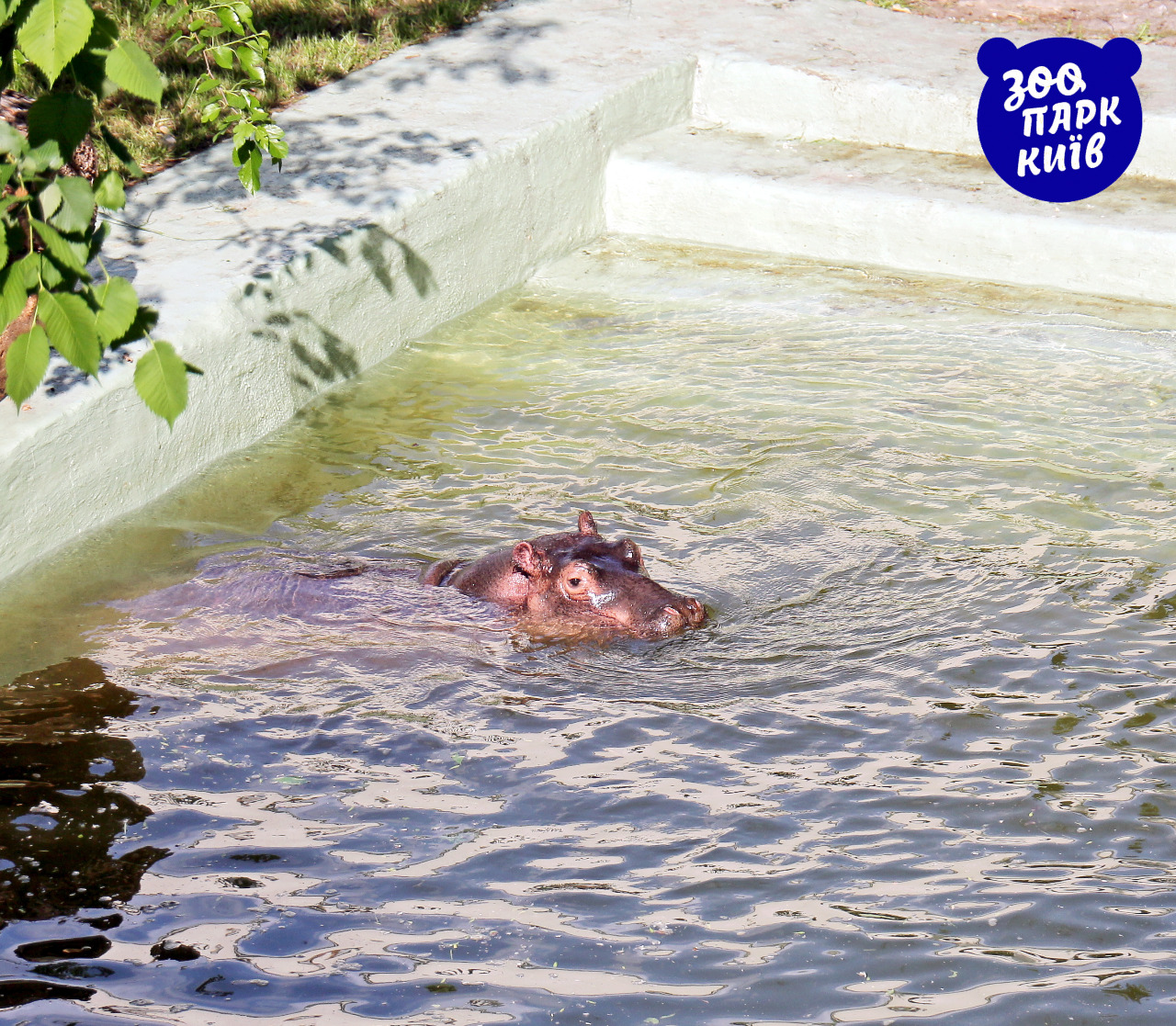Kiev Zoological Park is a unique facility created on the initiative of professors from St. Vladimir University and the Polytechnic Institute, gymnasium teachers, doctors, public figures and many wildlife lovers who were members of the Kyiv Society of Nature Lovers. The official date of foundation of the Kyiv Zoo and the beginning of its activities was March 21, 1909, when it received permission to rent territory for placement in the botanical garden of St. Vladimir University and to raise funds for the maintenance of animals.
From the first days of its existence, the zoo was supported by charitable funds from individuals and patrons. The collection was replenished mainly by wild animals, which were abandoned by the owners, and by gifts. Among the patrons were the famous businessman Tereshchenko, Tsar Nicholas II, the owner of the Askania-Nova Falz-Fein reserve, the architect Gorodetsky, the artist Svyatoslavsky, Countess Brotskaya and others.
On May 16, 1912, the city administration allocated a new, more suitable place with an area of 24 hectares for the development of the zoo in the area of present Shulyavka, opposite the buildings of the Kyiv Polytechnic Institute. The terrain of this area was not suitable for housing construction, but was better suited for the development of the zoo area. The complexity of the terrain was used rationally and successfully. Ponds for waterfowl were dug in the ravines, and pens, aviaries and cages were built on the upper territory.
The official housewarming took place in April 1914, but the further development of the zoo was prevented by the First World War, and then by the Civil War. Despite enormous difficulties, enthusiasts managed to preserve the collection of animals and everything created in the zoo until the end of the hostilities that took place in the country at the beginning of the 20th century. The real flourishing of the zoo began in the 1920s. The collection is replenished with rare animals, and scientific work is carried out at the zoo. In 1935, the entire territory was finally assigned to the zoo and surrounded by a fence; they begin to build an elephant barn and rooms for monkeys. The old enclosures are being expanded, the water supply is improved and the zoo is given a large hay area. A veterinary hospital with several laboratories and departments, a veterinary pharmacy and a ward for medical procedures begins operations.
The fascist occupation of Kyiv ended for the zoo with the almost complete export of animals to Germany and the destruction of buildings. Immediately after the liberation of Kyiv from the German occupiers, the most important elements of the zoo were hastily repaired by his team and on April 10, 1944 it reopened to visitors. In 1966, long-term reconstruction of the zoo began. A new central entrance was built with premises for the ticket office and tour desk and a boiler room, which provided the zoo with heat and hot water. In December 1970, the construction of a modern pavilion for keeping birds with an area of 2400 m2 was completed. In 1972, an aquaterrarium was opened, in 1976 a complex for keeping primates with an area of 2,700 m2 was built, and in May 1982, the “Island of Animals” was opened.
The years of the so-called “transition period” (after the collapse of the USSR and the formation of Ukraine as a separate country) from 1992 to 1997 had extremely difficult consequences for the collection and the zoo staff. In 2009, the Kyiv Zoo turned 100 years old. Over its century-long history, it has come a long way from a public menagerie to one of the largest zoological parks in Europe, located within the city. The zoo is a member of the Euro-Asian and Ukrainian Association of Zoos and Terrariums. As of July 2013, the collection of animals at the Kyiv Zoo includes 369 species, which is 3010 individuals (excluding domestic species and food animals).
Where is the Kiev Zoo?
Pobedy Avenue, 32
09:00 – 16:00, Monday – 12:00 – 16:00
(044) 2774769
